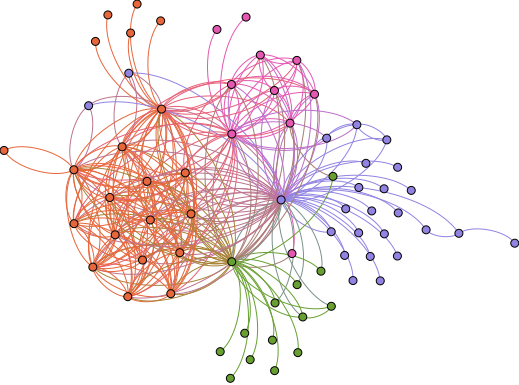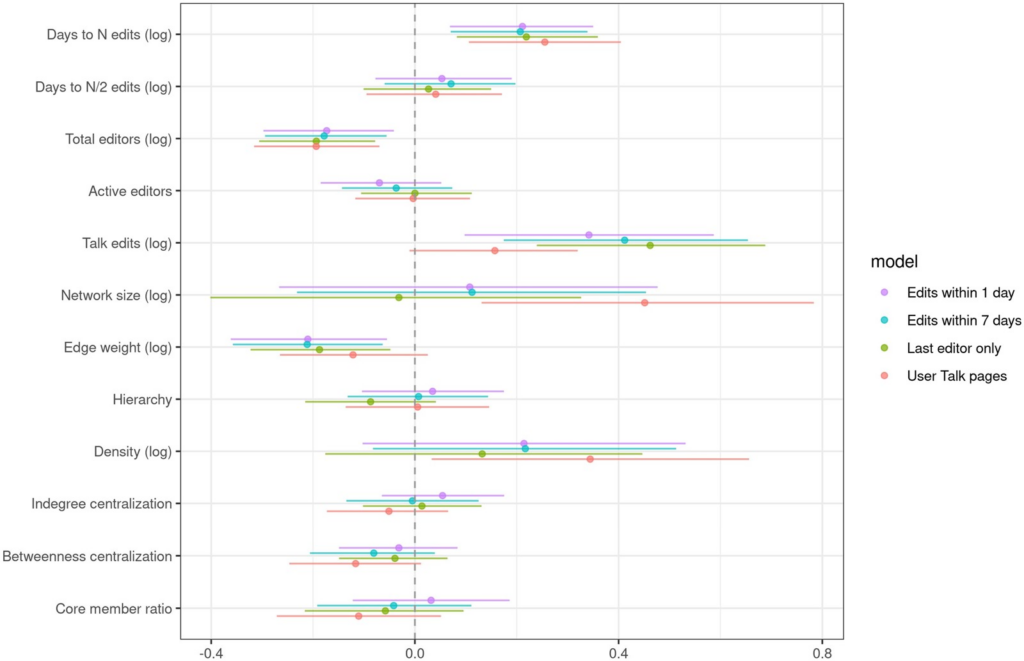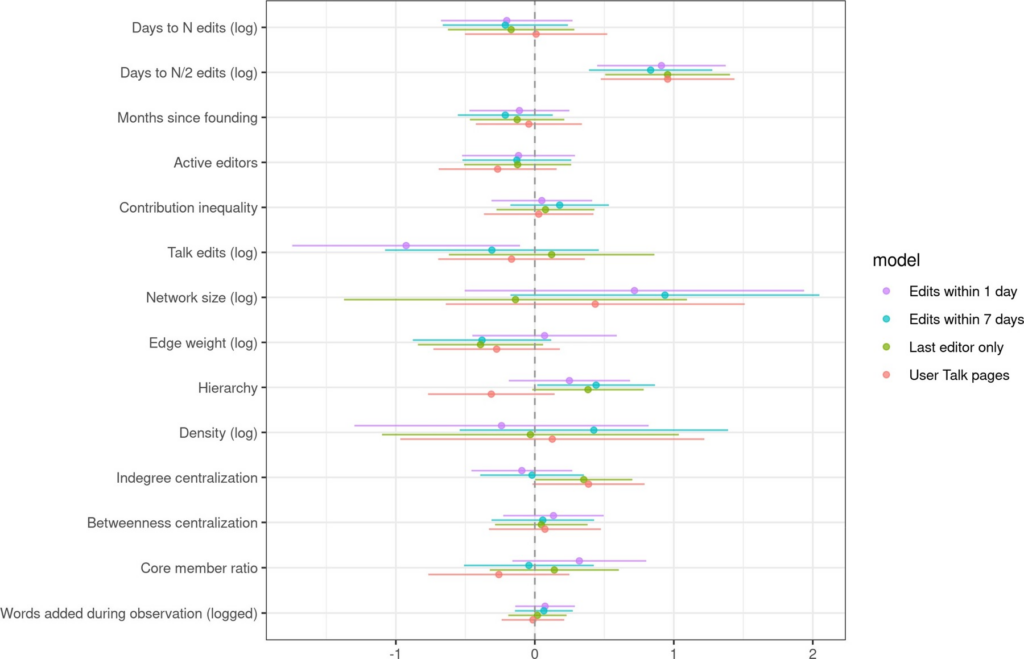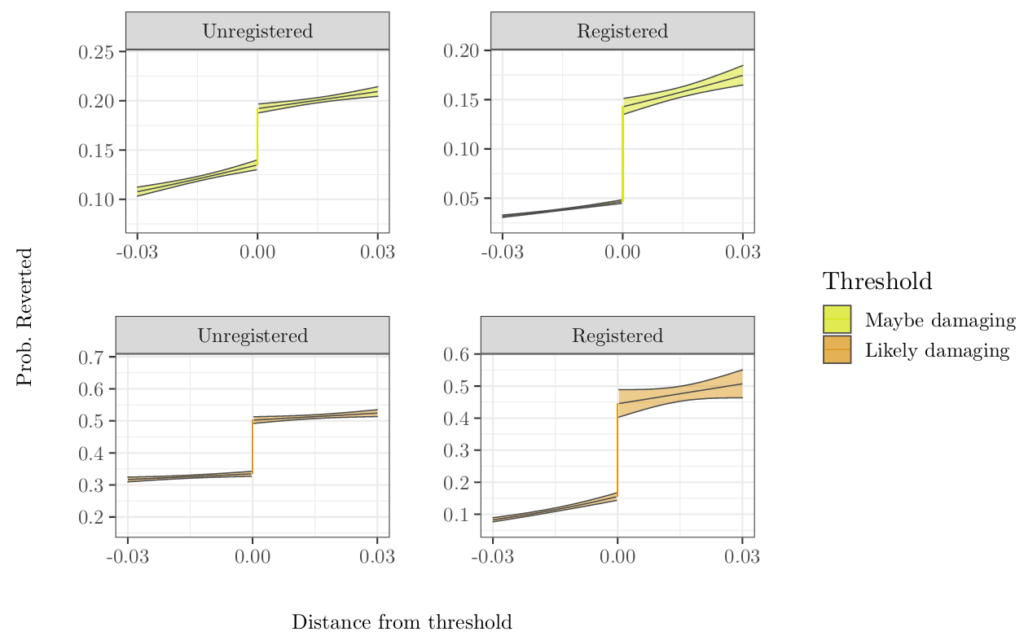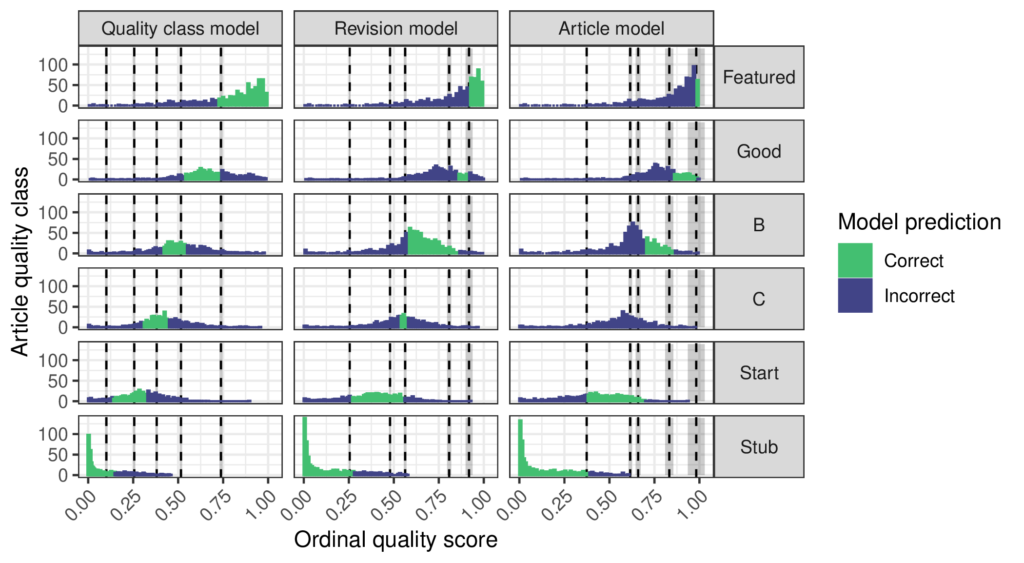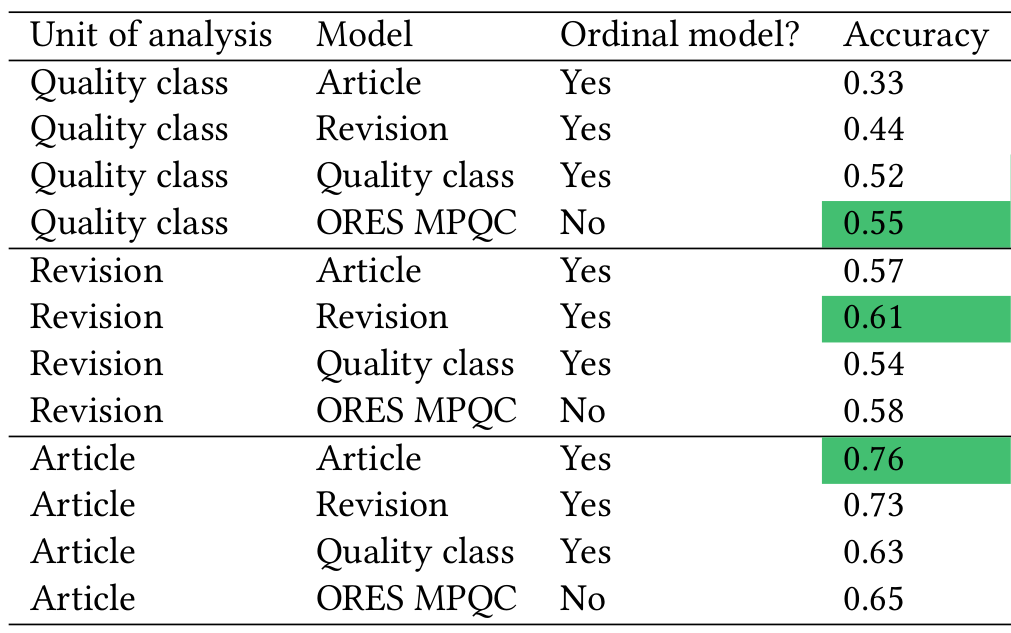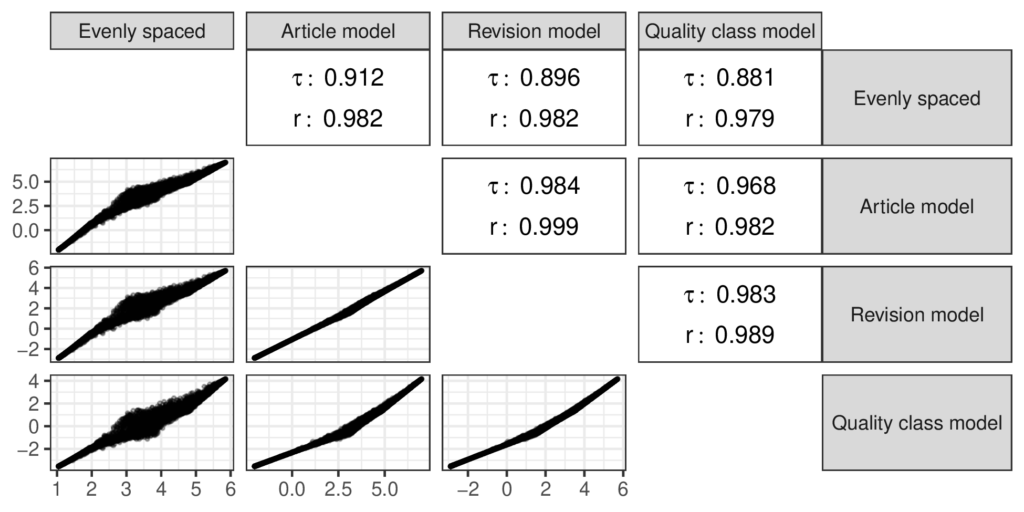Wikipedia is one of the most visited websites in the world and the largest online repository of human knowledge. It is also both a target of and a defense against misinformation, disinformation, and other forms of online information manipulation. Importantly, its 300 language editions are self-governed—i.e., they set most of their rules and policies. Our new paper asks: What types of governance arrangements make some self-governed online groups more vulnerable to disinformation campaigns? We answer this question by comparing two Wikipedia language editions—Croatian and Serbian Wikipedia. Despite relying on common software and being situated in a common sociolinguistic environment, these communities differed in how successfully they responded to disinformation-related threats.
For nearly a decade, the Croatian language version of Wikipedia was run by a cabal of far-right nationalists who edited articles in ways that promoted fringe political ideas and involved cases of historical revisionism related to the Ustaše regime, a fascist movement that ruled the Nazi puppet state called the Independent State of Croatia during World War II. This cabal seized complete control of the governance of the encyclopedia, banned and blocked those who disagreed with them, and operated a network of fake accounts to give the appearance of grassroots support for their policies.
Thankfully, Croatian Wikipedia appears to be an outlier. Though both the Croatian and Serbian language editions have been documented to contain nationalist bias and historical revisionism, Croatian Wikipedia alone seems to have succumbed to governance capture: a takeover of the project’s mechanisms and institutions of governance by a small group of users.
The situation in Croatian Wikipedia was well-documented and is now largely fixed, but still know very little about why Croatian Wikipedia was taken over, while other language editions seem to have rebuffed similar capture attempts. In a new paper that is accepted for publication in the Proceedings of the ACM: Human-Computer Interaction (CSCW), we present an interview-based study that tries to explain why Croatian was captured while several other editions facing similar contexts and threats fared better.
We interviewed 15 participants from both the Croatian and Serbian Wikipedia projects, as well as the broader Wikimedia movement. Based on insights from these interviews, we arrived at three propositions that, together, help explain why Croatian Wikipedia succumbed to capture while Serbian Wikipedia did not:
- Perceived Value as a Target. Is the project worth expending the effort to capture?
- Bureaucratic Openness. How easy is it for contributors outside the core founding team to ascend to local governance positions?
- Institutional Formalization. To what degree does the project prefer personalistic, informal forms of organization over formal ones?

We found that both Croatian Wikipedia and Serbian Wikipedia were attractive targets for far-right nationalist capture due to their sizable readership and resonance with a national identity. However, we also found that the two projects diverged early on in their trajectories in terms of how open they remained to new contributors ascending to local governance positions and the degree to which they privileged informal relationships over formal rules and processes as organizing principles of the project. Ultimately, Croatian’s relative lack of bureaucratic openness and rules constraining administrator behavior created a window of opportunity for a motivated contingent of editors to seize control of the governance mechanisms of the project.
Though our empirical setting was Wikipedia, our theoretical model may offer insight into the challenges faced by self-governed online communities more broadly. As interest in decentralized alternatives to Facebook and X (formerly Twitter) grows, communities on these sites will likely face similar threats from motivated actors. Understanding the vulnerabilities inherent in these self-governing systems is crucial to building resilient defenses against threats like disinformation.
For more details on our findings, take a look at the preprint of our paper.
Preprint on arxiv.org: https://arxiv.org/abs/2311.03616. The paper has been accepted for publication in Proceedings of the ACM on Human-Computer Interaction (CSCW) and will be presented at CSCW in 2024. This blog post and the paper it describes are collaborative work by Zarine Kharazian, Benjamin Mako Hill, and Kate Starbird.

